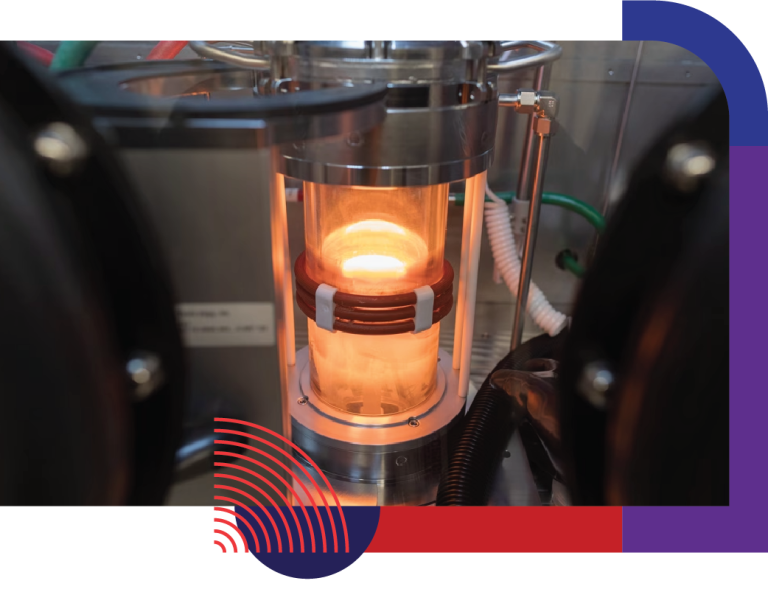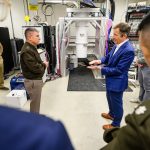Our research is exploring what wide and ultra-wide bandgap semiconductors can really do. By working with materials like gallium nitride (GaN), aluminum gallium nitride (AlGaN), and aluminum nitride (AlN), we’re building devices that can handle higher voltages, faster speeds, and hotter temperatures—perfect for tough jobs in transportation, energy, aerospace, and communications.
These kinds of materials are a big deal for industries that need electronics to be more efficient and more durable. Whether it’s powering electric vehicles, managing renewable energy, or supporting high-frequency radar and wireless systems, we’re figuring out how to grow and design high-aluminum-content materials in ways that make them easier to manufacture and scale.
And we’re not just doing the research—we’re building the tools to make it real. With advanced fabrication and prototyping capabilities, we’re helping turn these materials into practical technologies. From growth to packaging, we’re working across the full stack to get new ideas out of the lab and into the world.

Latest News

Kawasaki named a Moore Foundation Experimental Physics Investigator
Jason Kawasaki, an associate professor in materials science and engineering at the University of Wisconsin-Madison, has been named a 2025 Gordon and Betty Moore Foundation Experimental Physics Investigator. Selection to the program is a prestigious honor …

2025 Nobel Prize Laureate John Martinis’s Connections to UW–Madison
Wisconsin CHIPS congratulates the 2025 laureates of The Nobel Prize in Physics—John Clarke, Michel H. Devoret, and John M. Martinis—for observation of quantum-mechanical tunneling in an electrical circuit based on superconductors! Excitingly, Martinis has connections to UW–Madison through shared research and his co-founded company Qolab.

UW fostering closer research ties with federal defense, cybersecurity agencies
UW–Madison is building stronger research partnerships with federal defense and cybersecurity agencies to advance technologies that serve the public good. A recent campus visit from Department of Defense and NSA leaders highlighted shared priorities in AI, quantum computing, and secure systems.
- More News















